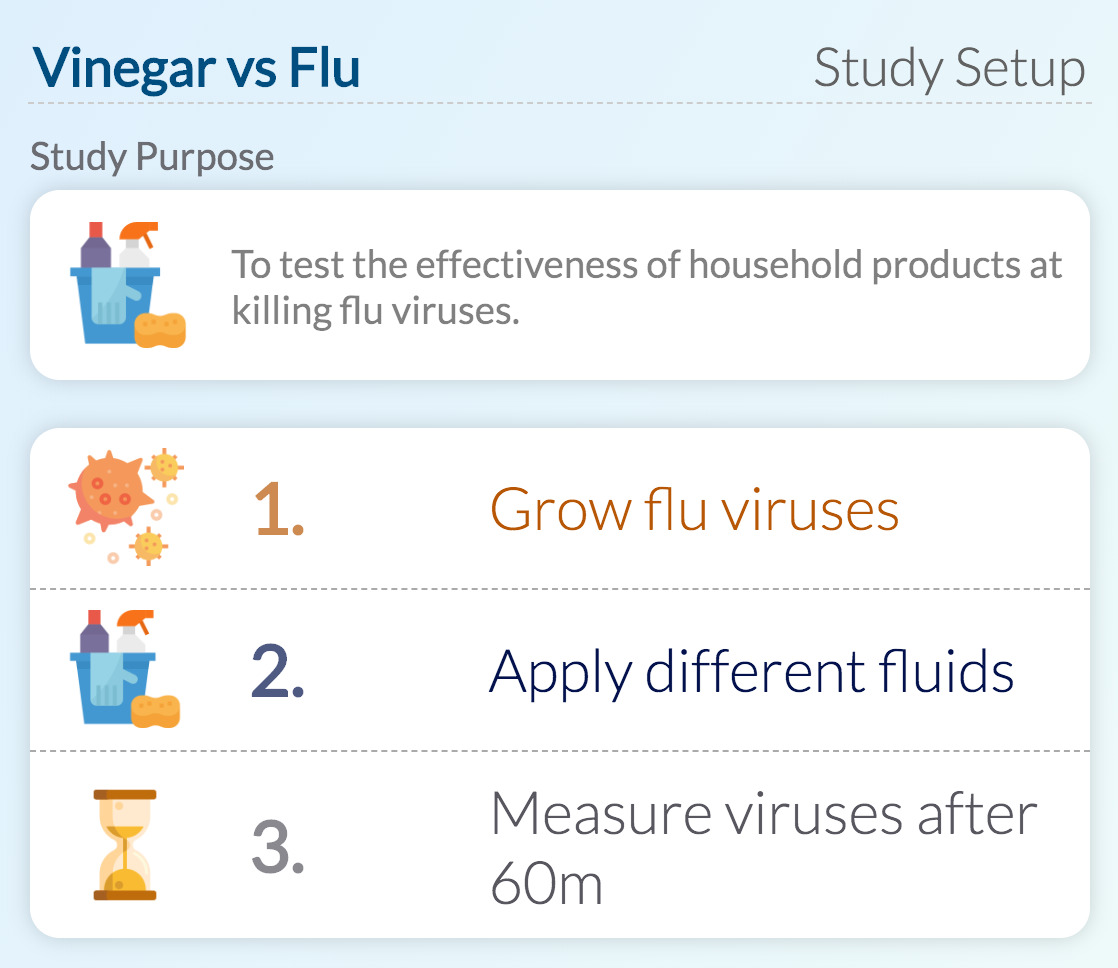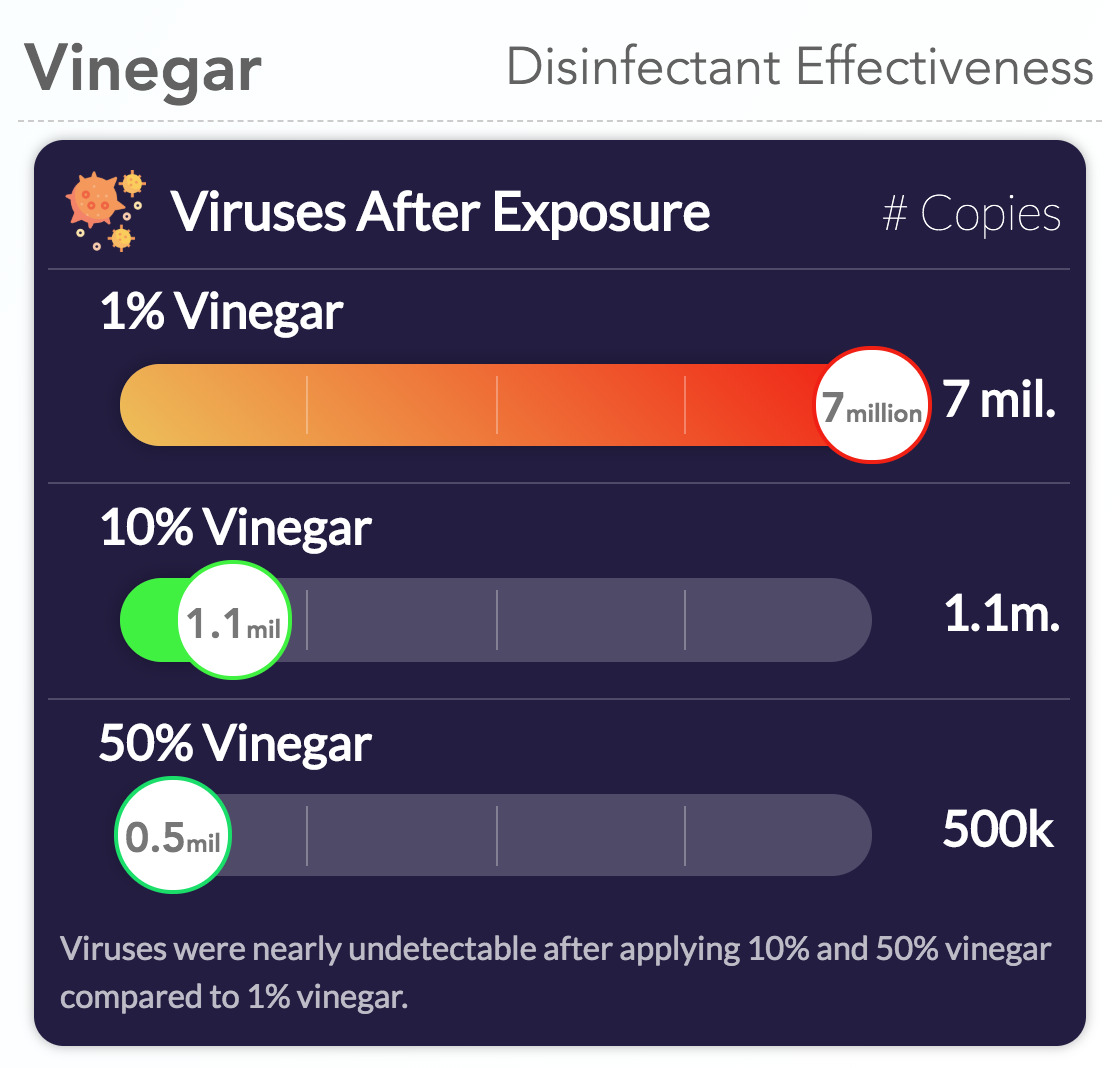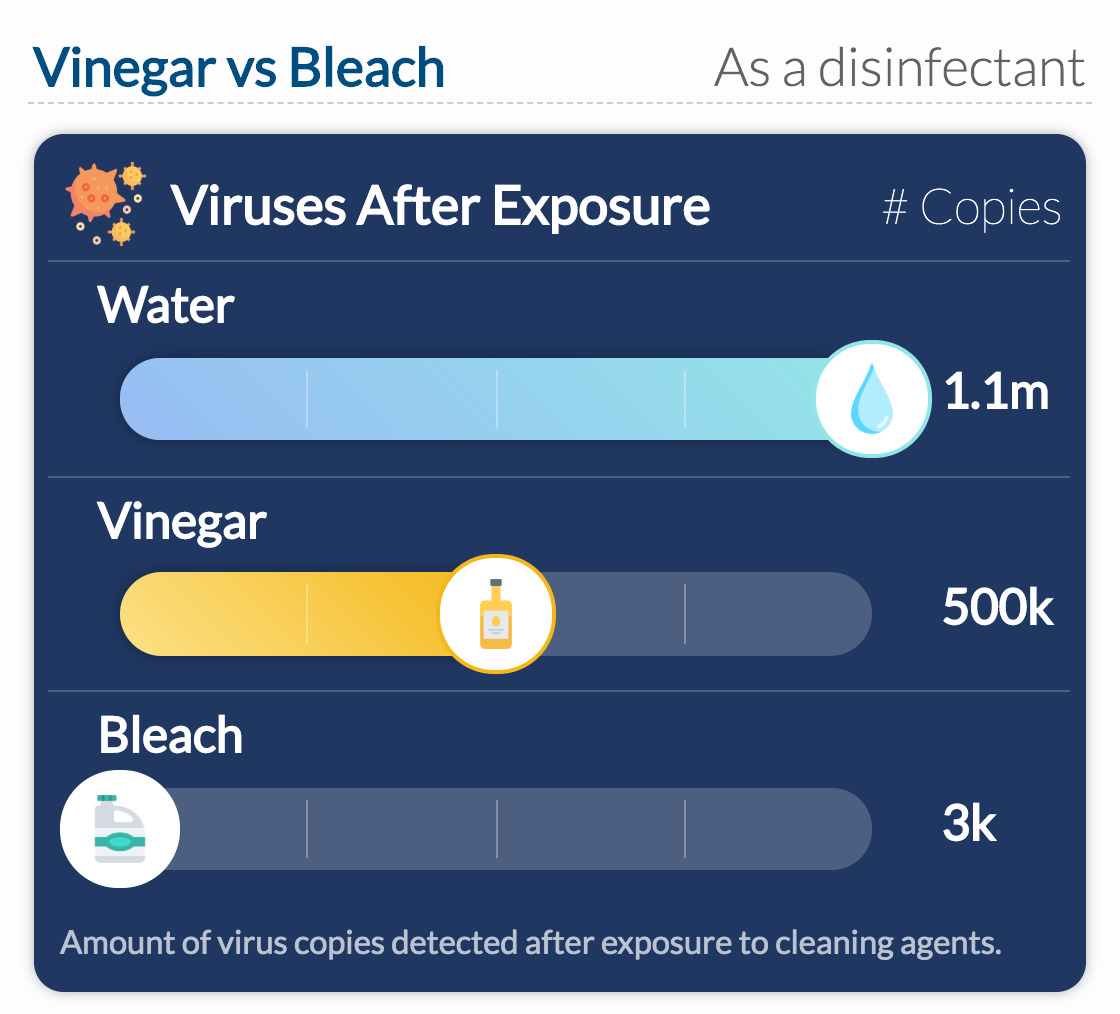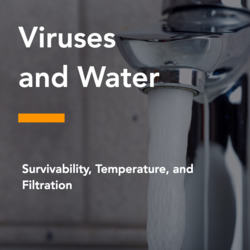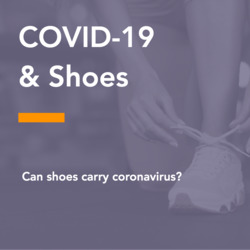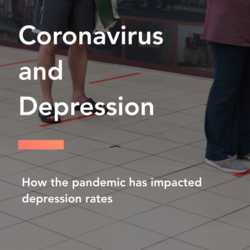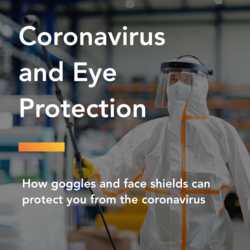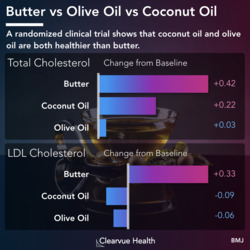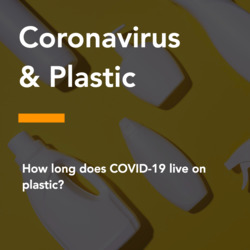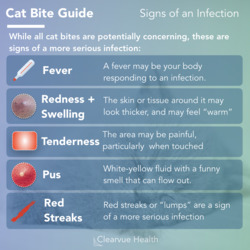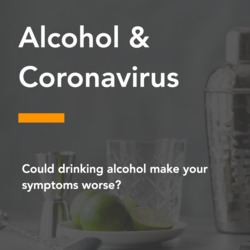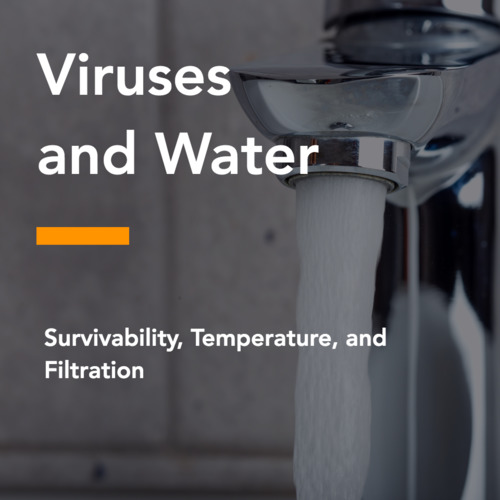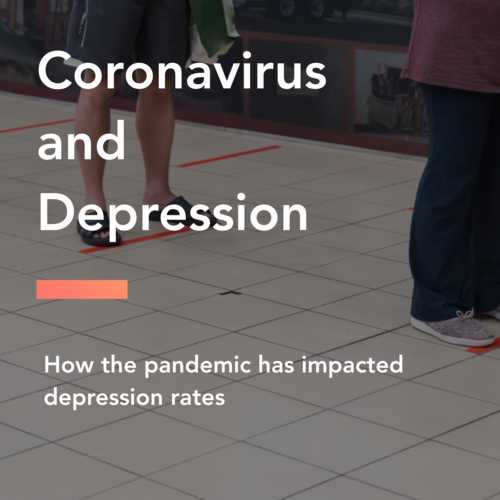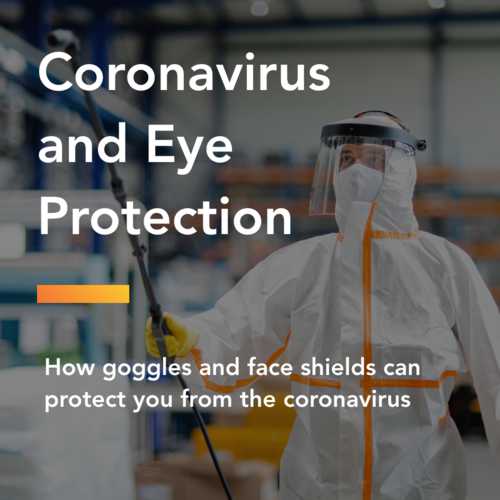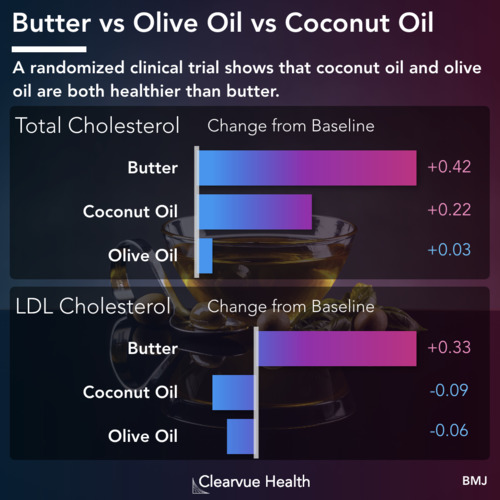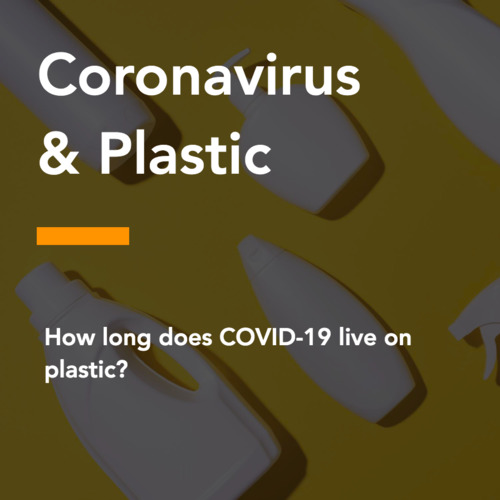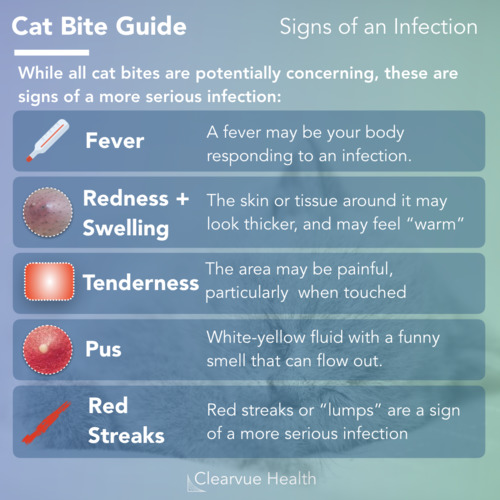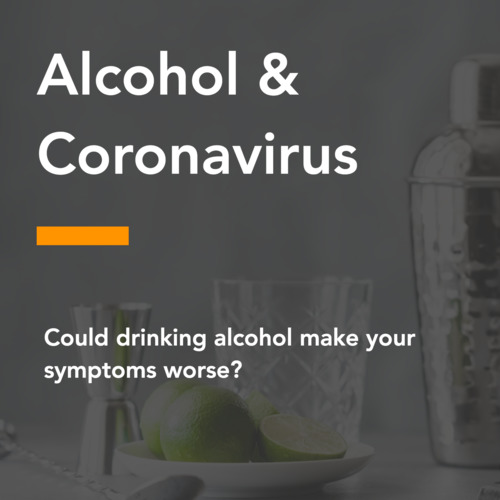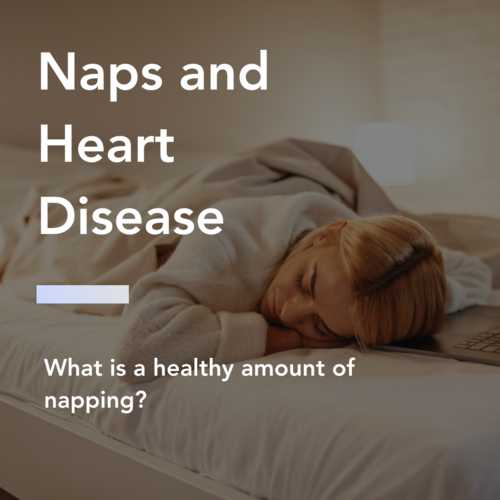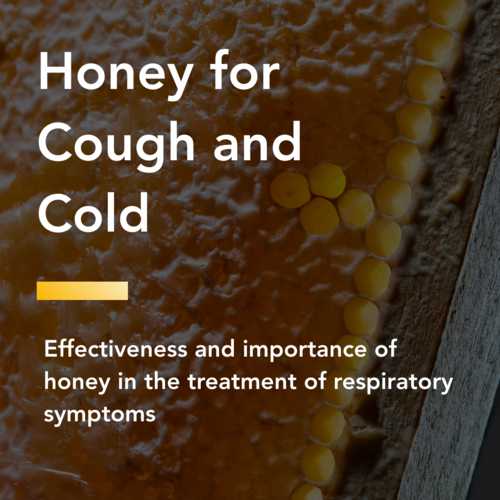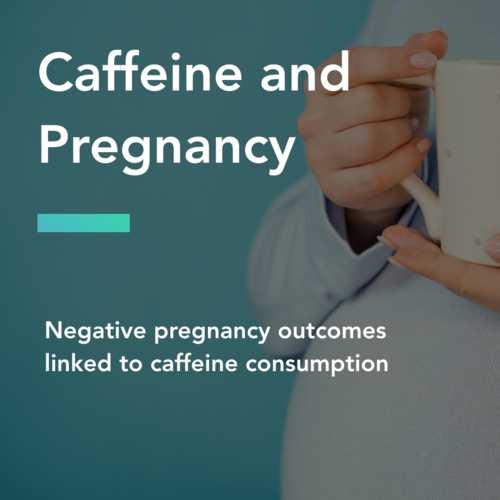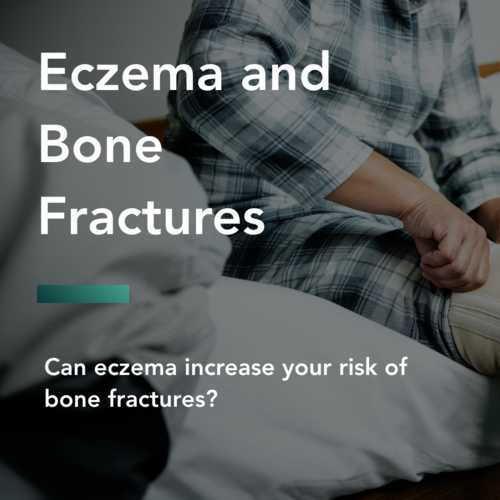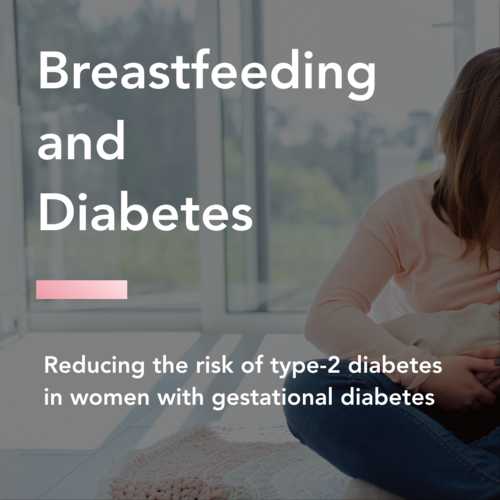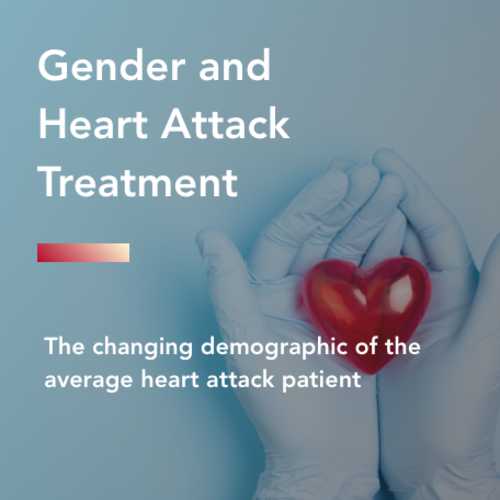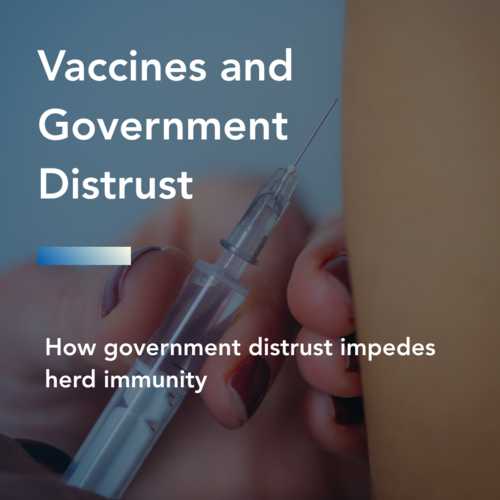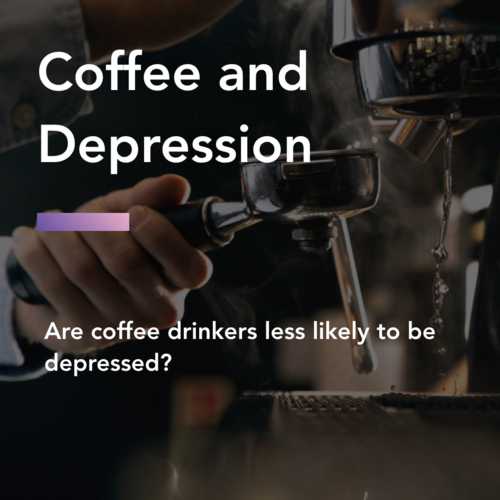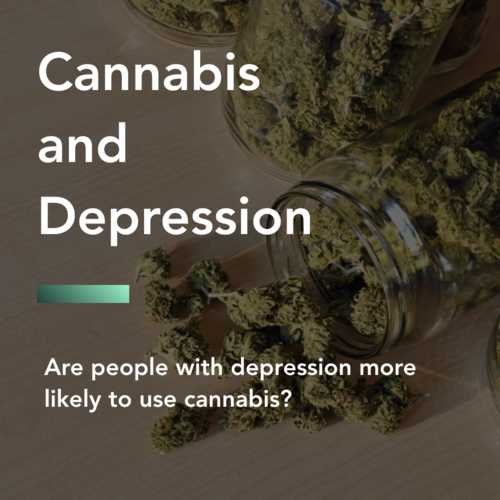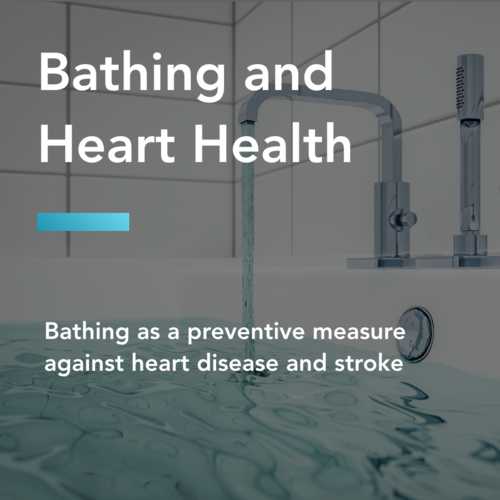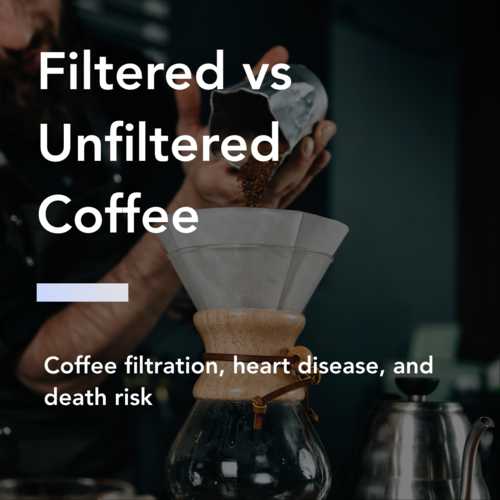Can you use vinegar as a disinfectant?
During the COVID-19 pandemic, health department recommendations for cleaning and disinfecting have sent us into hyperdrive. Consumers are spraying their amazon boxes with Lysol and meticulously scrubbing their fruits and vegetables. Vigilance in cleaning is one of our most useful tactics against the spread of the virus, along with social distancing.
Just like toilet paper, stores are struggling to keep cleaning supplies in stock. So, people are exploring other methods of sanitization.
In this article, we review the effectiveness of vinegar for killing germs.
What does the data say?
In 2010, scientists wanted to assess the effectiveness of common household products at killing or reducing a virus. Why? For exactly the circumstance we are in now. Common household products are more easily accessible when resources become limited in a pandemic.
Scientists placed the H1N1 A flu virus, a recurrent flu strain, on laboratory testing plates. They then added a variety of cleaning products to different plates and measured how many virus copies were left.
Source: Effectiveness of Common Household Cleaning Agents in Reducing the Viability of Human Influenza A/H1N1
When comparing different types of malt vinegar, they found that 10% vinegar and higher reduced the number of virus copies. Virus copies correlate with the size and strength of the virus. With 1% vinegar, a large number of virus copies remained on the testing plate. This shows that vinegar has disinfecting abilities at higher percentages.
However, vinegar doesn’t appear as promising when compared to other disinfectants. Bleach and washing detergent removed way more virus copies in the experiment. Bleach, in particular, reduced the virus’s copies by thousands.
Actually, 10% vinegar was only slightly better than hot water at reducing virus copies.
This study supports the conclusion that 10% malt vinegar or higher can reduce a small portion of virus copies. Regardless, commercial products like bleach and detergent are more successful as disinfectants.
Keep in mind that this study does not account for variations of “real life” cleaning practices like scrubbing technique.
Viruses like COVID-19, H1N1 A, and MERS are different when it comes to how fast it spreads, how deadly it is, who it affects the most, and what symptoms are common. When it comes to cleaning agents, a reliable disinfectant is thought to be effective in killing or reducing any virus.
We know that going to the store may be unsafe during a pandemic, especially for older adults. We also know that paychecks may be slim, to say the least. The use of malt vinegar could be a disinfectant option when standard options are not available.
Source: Guideline for Disinfection and Sterilization in Healthcare Facilities (2008)
